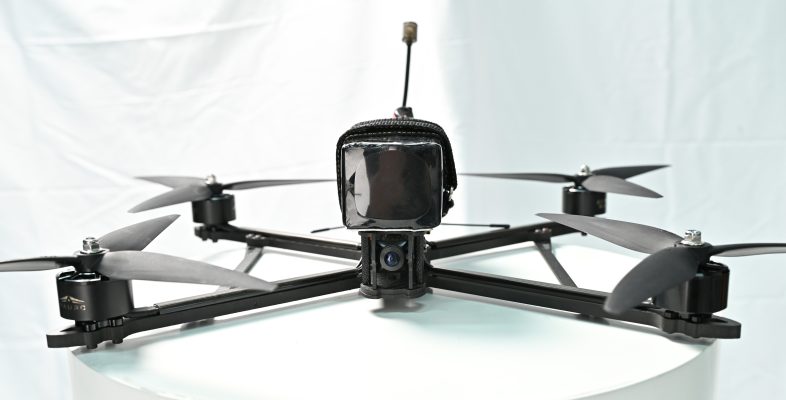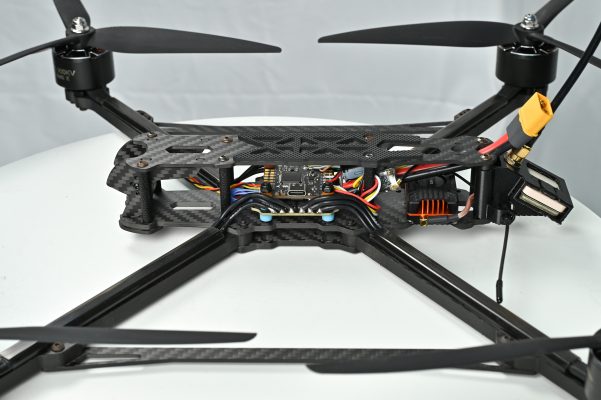Blog
First FPV Flight Guide: 5 Essential Tips for Beginners
1. Master the Simulator First
Before attempting your first real flight, spend time practicing on a simulator. Simulators help build muscle memory and familiarize you with throttle control, flight orientation, and movement timing. Skipping this step often leads to immediate crashes.

2. Choose a Wide, Open Area
For your first flight, choose a flat, open space far from people and obstacles—such as an empty park or rural field. Avoid complex environments like forests or urban spaces to reduce crash risks due to beginner mistakes.
3. Start with Low Power and Stability Mode
Set your drone to a stable mode (Angle or Horizon) and reduce output power for both motors and video transmission. This makes the drone less aggressive, helping beginners ease into control without feeling overwhelmed.
4. Practice Low and Slow Flight
Stick to hovering and slow movement close to the ground during your first flights. Keep the drone in your line of sight and focus on mastering basic turns, stops, and directional shifts to build control confidence.
5. Perform Pre- and Post-Flight Checks
Always check battery levels, prop tightness, ESC voltage, and video signal strength before flying. After the flight, inspect motor temperatures, the frame’s condition, and battery health. Building this habit early is key to long-term safe flying.


